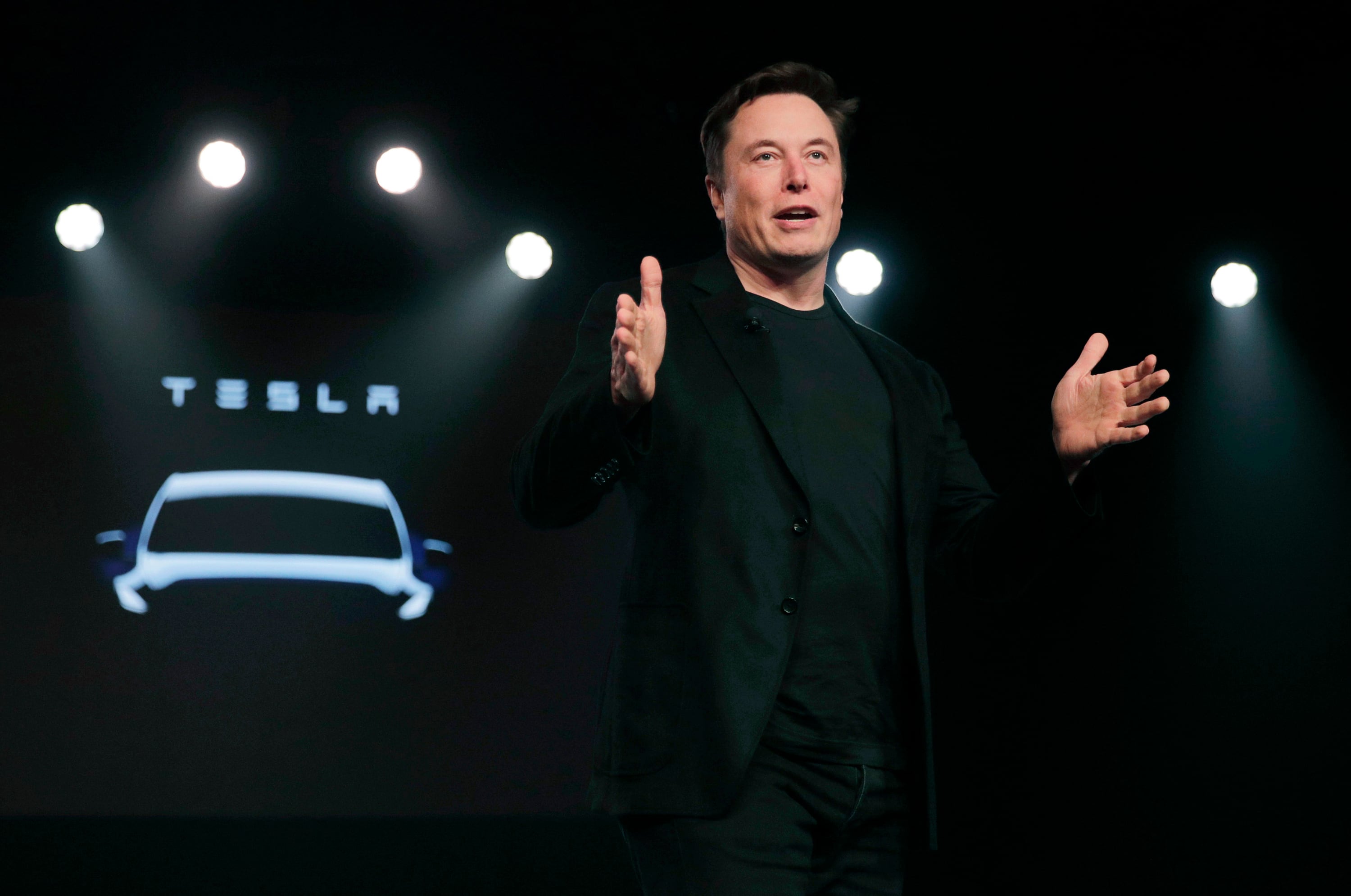By Stan Choe
A worldwide rally swept markets Friday as investors latched onto strands of hope about progress in the fight against the coronavirus.
The S&P 500 climbed close to 2% in the first few minutes of trading, following up on 3% jumps in Europe and rises of nearly as much in Asia.
The gains came despite a report showing China’s economy had its worst quarter since 1979 and other scary data about the spread of the virus, which has now killed more than 146,000 worldwide. But if the early gains hold, the S&P 500 could close out its first back-to-back weekly gain since the market began to sell off in February on worries about the virus.
Among the wisps of optimism that investors were focusing on:
— A news report cited early progress in a drug candidate for the virus. Analysts cautioned that much of the encouraging data was only anecdotal, and they were hesitant to put too much stock in it.
— President Donald Trump unveiled guidelines late Thursday for states to follow as they reopen their economies following widespread shutdowns to slow the spread of the virus.
— Boeing, one of the stocks hardest-hit by the pandemic, said late Thursday that it will resume production of passenger jets in Washington state next week. It suspended work late last month after workers tested positive for the coronavirus.
Together, these developments helped the Dow Jones Industrial Average climb 545 points, or 2.3%, to , 24,083 as of 9:46 a.m. Eastern time. A 10.3% jump for Boeing was a major contributor to the rise.
The Nasdaq was up 1%.
Stocks have been cycling for weeks between fear and budding optimism that the pandemic may be leveling off in some of the world’s hardest-hit areas. But gains have outweighed losses most recently, and the S&P 500 has climbed more than 25% since hitting a low on March 23.
Many professional investors say they’re skeptical of the rally, which was born after the U.S. government and Federal Reserve promised massive amounts of aid for the economy. More recently, some optimistic investors have pointed to signs that a reopening of parts of the economy may be on the horizon.
But the S&P 500 is still down nearly 16% from the record set in February as numbers begin to roll in about the cataclysmic damage that has been done to the economy.
In European trading, the CAC 40 in Paris rose 3.5%, while Germany’s DAX climbed 3.2%. Britain’s FTSE 100 added 3%.
“The March data add to broader signs that China’s economy is past the worst. But the recovery will probably continue to underwhelm,” analyst Julian Evans-Pritchard of Capital Economics said in a commentary. He added that after an initial bounce as factories reopened, “the recovery in activity has since slowed to a crawl.”
Japan's Nikkei 225 index jumped 3.1%, the Hang Seng in Hong Kong advanced 1.6% and South Korea's Kospi surged 3.1%.
India's Sensex climbed 1.7% to 31,119.74 after the central bank cut its benchmark interest rate by 25 basis points, to 3.75% from 4%, to help the stalled economy and ease financing troubles amid a nationwide lockdown to fight the pandemic.
“Human spirit is ignited by the resolve to curb the pandemic. It is during our darkest moments that we must focus on the light,” said Reserve Bank of India Gov. Shaktikanta Das.
___
AP Business Writer Elaine Kurtenbach contributed.













